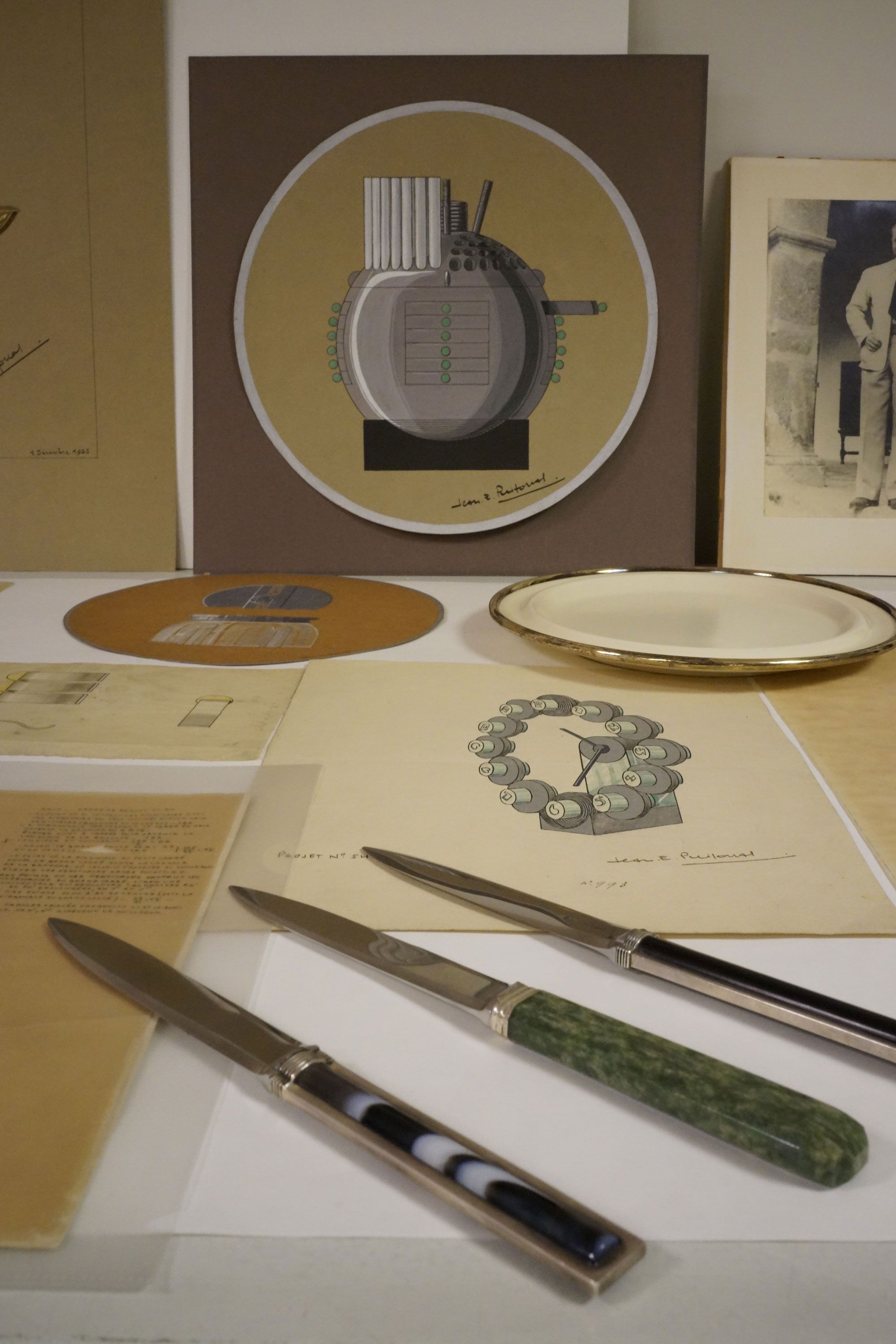
Puiforcat
Puiforcat
Puiforcat
Founded in 1820 by Emile Puiforcat, the Parisian silversmiths atelier has carried on the silversmithing mastery of its founders from one generation to the next, often inviting young designers and contemporary luminaries to expand upon its historical Art Deco design catalog.
It is in the visionary leadership and artistic talent of fourth-generation Jean E. Puiforcat that truly brought the world’s attention to Puiforcat in the 1920s; his design legacy was a significant contribution to the studio and a major contribution to the international Art Déco movement of his time.
Immersed in the artistic changes of Europe between the two World Wars, Jean Puiforcat was one of the founders of the Union des Artistes Modernes in 1929, and a close friend of René Herbst, Le Corbusier, Charlotte Perriand, and Pierre Chareau. His work has been widely exhibited in museums around the world and belongs to permanent collections, both institutional and private, notably the Louvre, the Metropolitan Museum in New York, and the Cooper Hewitt Museum.
As a recognized master silversmith in 1920, Jean Puiforcat’s passion for sculpture and art inspired his revolutionary designs and his advocacy for simplified forms to better suit the function. He adopted a sleek new aesthetic at a time when most high-end silverwork was associated with fussy ornamentation. His signature pieces are characterized by clean architectural lines, notable simplicity and the marriage of sterling silver with other precious materials such as exotic woods, semi-precious stones, and shagreen.
Jean Puiforcat’s inspiration from and influence upon the Art Déco style was reflected across many mediums throughout his creative career, including sculptural works, drawings, silverworks, and his active dialogue with the architectural thinkers of the time. He is widely considered a cornerstone of both the European Art Déco movement and of modern silversmithing. His work is regularly revived by the new generations of master silversmiths at Puiforcat, whose contemporary in-house collections continue to embody his spirit.
Puiforcat
Founded in 1820 by Emile Puiforcat, the Parisian silversmiths atelier has carried on the silversmithing mastery of its founders from one generation to the next, often inviting young designers and contemporary luminaries to expand upon its historical Art Deco design catalog.
It is in the visionary leadership and artistic talent of fourth-generation Jean E. Puiforcat that truly brought the world’s attention to Puiforcat in the 1920s; his design legacy was a significant contribution to the studio and a major contribution to the international Art Déco movement of his time.
Immersed in the artistic changes of Europe between the two World Wars, Jean Puiforcat was one of the founders of the Union des Artistes Modernes in 1929, and a close friend of René Herbst, Le Corbusier, Charlotte Perriand, and Pierre Chareau. His work has been widely exhibited in museums around the world and belongs to permanent collections, both institutional and private, notably the Louvre, the Metropolitan Museum in New York, and the Cooper Hewitt Museum.
As a recognized master silversmith in 1920, Jean Puiforcat’s passion for sculpture and art inspired his revolutionary designs and his advocacy for simplified forms to better suit the function. He adopted a sleek new aesthetic at a time when most high-end silverwork was associated with fussy ornamentation. His signature pieces are characterized by clean architectural lines, notable simplicity and the marriage of sterling silver with other precious materials such as exotic woods, semi-precious stones, and shagreen.
Jean Puiforcat’s inspiration from and influence upon the Art Déco style was reflected across many mediums throughout his creative career, including sculptural works, drawings, silverworks, and his active dialogue with the architectural thinkers of the time. He is widely considered a cornerstone of both the European Art Déco movement and of modern silversmithing. His work is regularly revived by the new generations of master silversmiths at Puiforcat, whose contemporary in-house collections continue to embody his spirit.











